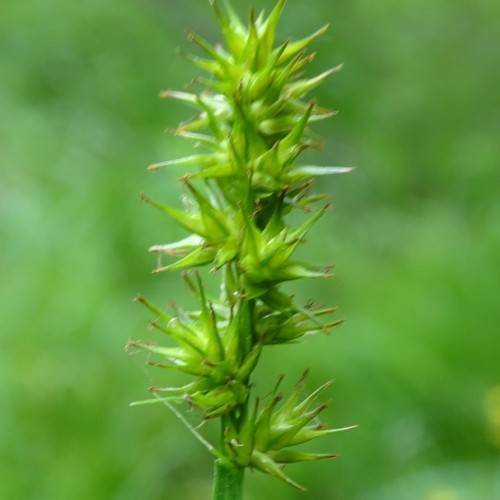
Muhlenberg's Sedge
Carex muehlenbergii var. muehlenbergii
Also Known As - Muhly SedgeWatering:
Minimal
Hardiness Zone:
Flowers:
Flowers
Sun:
Sun, Partial Shade
Soil:
Clay, Loam
Leaf:
Yes
Growth Rate:
Low
Drought Tolerant:
Yes
Salt Tolerant:
Yes
Invasive:
Yes
Care Level:
Medium
watering
Troublesome Sedge should be watered regularly and deeply. It prefers moist soil, so it should be watered when the soil feels slightly dry to the touch. It is best to water in the morning or evening to minimize water loss due to evaporation. During the warmer months, Troublesome Sedge should be watered once or twice a week. During the cooler months, watering can be reduced to once every 2 weeks. If the weather is dry or extremely hot, watering may need to occur more frequently. It is important to not over-water, as this can lead to root rot.
sunlight
Troublesome Sedge prefers partial shade but will do best in 6-8 hours of sunlight per day. Early morning sun is ideal since it will help the plants warm up more quickly after a cold night. During the peak of summer, some afternoon shade can be beneficial to the plants as it will help protect them from the fierce heat of the late afternoon sun. The plants can tolerate some shade but not too much, as it may result in weaker growth and small, discolored leaves.
pruning
Troublesome Sedge (Carex molesta) should be pruned in late winter/early spring when the plant is dormant. The pruning should be limited to removing dead or damaged leaves and flowerheads, and thinning the plant if needed. Some people suggest pruning this species back to the ground annually to promote a bushy growth habit. However, this can have a detrimental effect, so it is best to avoid this approach unless needed for overall plant health.
